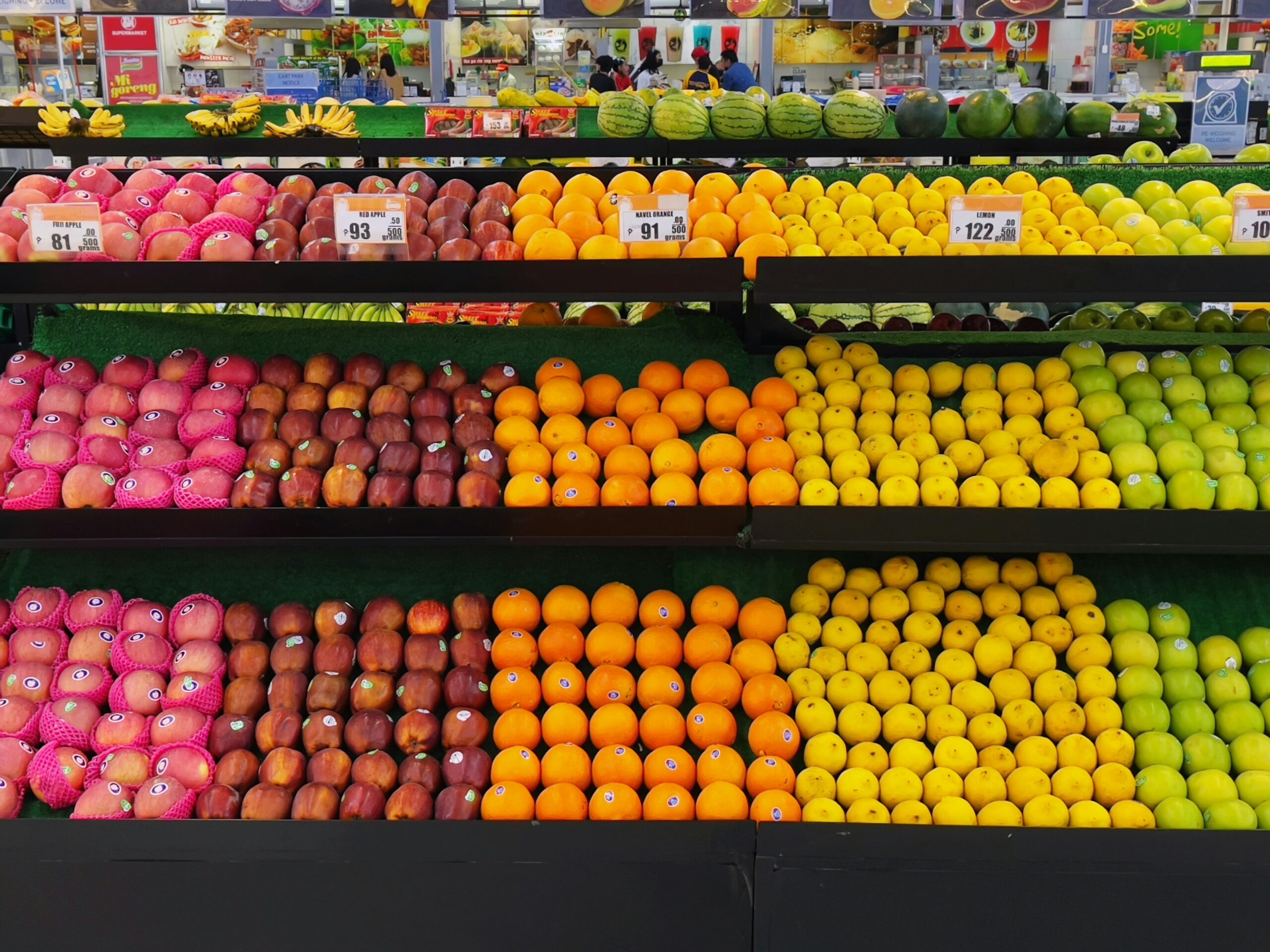Another CPI report, another long sigh of frustration from consumers across the country. Inflation abated just 1/10th of a percent in April according to the latest report from the Bureau of Labor Statistics as food price inflation rose 2.2% and food-away-from-home prices leapt 4.1%. The index for meat, poultry, fish, and eggs decreased just 0.7%. Fruits and vegetables declined 0.8%; nonalcoholic beverages fell 0.2%, which is great news for those who want to celebrate an expensive summer with mocktails.
What defines value in times like these? Can it be found on McDonald’s $1 value menu, which doesn’t have any $1 items on it? Can it be bundled into burger deals at QSRs, or found in front-facing produce or deli at the grocery store or retailer? When it’s big news that McDonald’s was considering and then approved a $5 value meal, (and that Wendy’s will offer a $3 breakfast deal), what does that mean for most consumers who just want a quick bite without taking out a second mortgage?
“Value is not just about the price tag anymore,” said Paul Brenner, senior vice president of retail media and partnerships at Vibenomics, to The Food Institute.
“Shoppers look for quality, affordability, and convenience. So, a $5 fast-food meal in today’s economy might seem like a steal, but if you’re waiting 20 minutes in the drive-thru, that value proposition plummets.”
According to a recent study by FMI – The Food Industry Association, the average household grocery spend per week in 2024 is $165. It was $164 in 2023, $148 in 2022, and under $120 before the pandemic. Just 10 years ago, the average spend plummets to $103.
Many consumers feel they can’t win on cost alone – they also need an experience, or at least a decent reason to visit a brick-and-mortar store. For the first time in decades, Walmart’s position as the no. 1 retailer in America is threatened due to the ease, value, and experience found by shopping at Amazon; according to The Wall Street Journal, if current sales figures persist, Amazon will overtake Sam Walton’s super retailer as Americans’ preferred choice in an economy beset by high food prices, a thriving labor market, and worldwide geopolitical tension not experienced since the Cold War.
All this in an election year, to boot.
Still, as the economy and the increasingly media-driven market of food and beverage evolves, operators must find a way to keep loyal consumers returning, happy, and most all, consuming. Perhaps that’s why Target announced it will lower prices on over 5,000 products shortly before revealing its fourth straight quarter of sales declines.
Consumers have had enough.
Keep It Personal
From bespoke ads on our devices to hyper-local deals, personalization goes a long way when the dollar, well, doesn’t.
“Now more than ever, grocery shoppers define value through the personal connections that they make with the store,” said Shekar Raman, CEO and co-founder of Birdzi, to The Food Institute. Raman said that there are many ways to foster relationships with consumers, but it ultimately may come down to personalization.
“Say a particular customer regularly buys peanut butter and jelly at the same time but only has peanut butter on their in-app shopping list,” he mused. “If the store can automatically recommend adding jelly to their cart, that customer will feel seen and see that the retailer is fine-tuned to their needs.”
Raman said that hyper-personalization not only shows customers that the retailer understands them, but makes the shopping trip itself more convenient and enjoyable. Offering relevant and timely deals specific to shoppers’ needs can make the trip to the store a lot more enjoyable, tolerable, and help build loyalty without breaking the bank, so to speak, during another inflation-ridden grocery run.
“In a world characterized by convenience, time saved is an invaluable gift for a retailer to offer,” Raman concluded.
“Retailers and grocers have the power to sway shoppers who are balancing immediate cost against the perceived value of time and convenience by offering a seamless in-store shopping experience,” Brenner added.
“When stores strategically highlight sales on complementary items or display hidden gems near where shoppers are browsing, customers perceive greater value compared to waiting in a congested drive-thru line for a $5 meal.”
Brenner noted that even in-store audio can spark impulse buys that feel like informed decisions instead of pressured purchases, allowing retailers to use a classic strategy with stubborn children – make it seem like their idea.
Most consumers are far from children, however, and they’re not easily fooled. Not when grocery bills keep going up, up, up, and the opportunity to have a reasonable meal out of the house seems like a distant memory.
Parsing the Necessary from the Indulgent
Everyone has their non-negotiable in foodbev, whether it’s not compromising on cookie prices (Oreos, for me), or treating oneself on the weekend to a shake, a meal, or a beer. But that doesn’t mean value can’t be found elsewhere.
“While value is the lead driver for many consumers given today’s reality of rising costs, the equation does vary by category and product,” said Michael Della Penna, chief strategy officer at InMarket, to The Food Institute.
Della Penna said private-label consideration and purchases continue to find new consumers and pull once-loyal customers away from their favorite legacy brands or grocers/retailers altogether – when this many financial balls are in the air, simplification and ease of purchase are more important than ever.
“For grocers and retailers to win the hearts and minds of consumers in today’s economic environment, they must work to uncover customers’ key motivations and preferences to nail that value equation, looking closely at intent, visitation, and purchase data within and beyond their own four walls,” he added, noting that a recent InMarket study found that supermarkets and grocery chains comprise the largest portion of consumers’ spending following bi-weekly paydays; this is data that can be put to good use with “inspiring mobile ad experiences or CTV campaigns around the beginning and middle of the month to highlight low-cost offerings and big savings as shoppers hope to get the most out of their buck.”
“Competition is fierce in the value wars. Double down on insights to inform a customer-centric approach anchored in value, quality and convenience, and your value proposition will quickly be enhanced for shoppers, driving larger purchases and strengthening customer loyalty by better meeting their dynamic needs.”
Reilly Newman, brand strategist and founder of Motif Brands, noted that understanding consumers’ needs is one of the best ways for brands to signal “relevancy, meaning, and value to that individual.”
“In essence, value is determined by the meaningfulness of your offering and the relevance by which you communicate and frame it,” Newman said to The Food Institute.
“The byproduct of this is customization to their needs and desires, which is the ultimate value in today’s marketplace.”
The Food Institute Podcast
How are foodservice consumers contending with persistent inflation? Are they eating more at home, for example, or continuing to treat themselves at their favorite restaurants? The latest episode of The Food Institute Podcast examines that topic with Krystle Mobayeni of BentoBox, who dissected rapidly evolving consumer dining dynamics.












